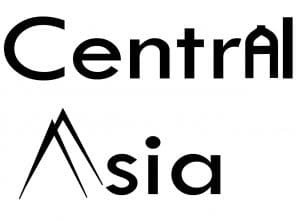Ruins of sarazm
sarazm ancient settlement
Sarazm is an open-air site located 15km west of Panjakent. The site was discovered in 1976 by the Soviet archaeologist Abdullojon Isakov, it is remarkable for both its size and its age. The impressive ruins are one of the magnificent archaeological sites: reputed at 5,500 years to be one of the earliest settlements in Central Asia.
The Sarazm settlement originally expanded across 130ha, and carbon dating proves it was already inhabited by 3500 BC. It means it started in the Bronze Age when it was likely the largest metallurgical center in central Asia. It grew until the third-millennium bc and was added to UNESCO’s list of World Heritage Sites in 2010 in honor of its historical significance. It was the first UNESCO site in Tajikistan.
Sarazm is split into three main sections, each covered by a folded roof to preserve it from the precipitation. The excavations reveal the layout of a modern settlement. The walls of the various buildings are excellently preserved: you may easily still walk through their doorways and follow the grids of streets.
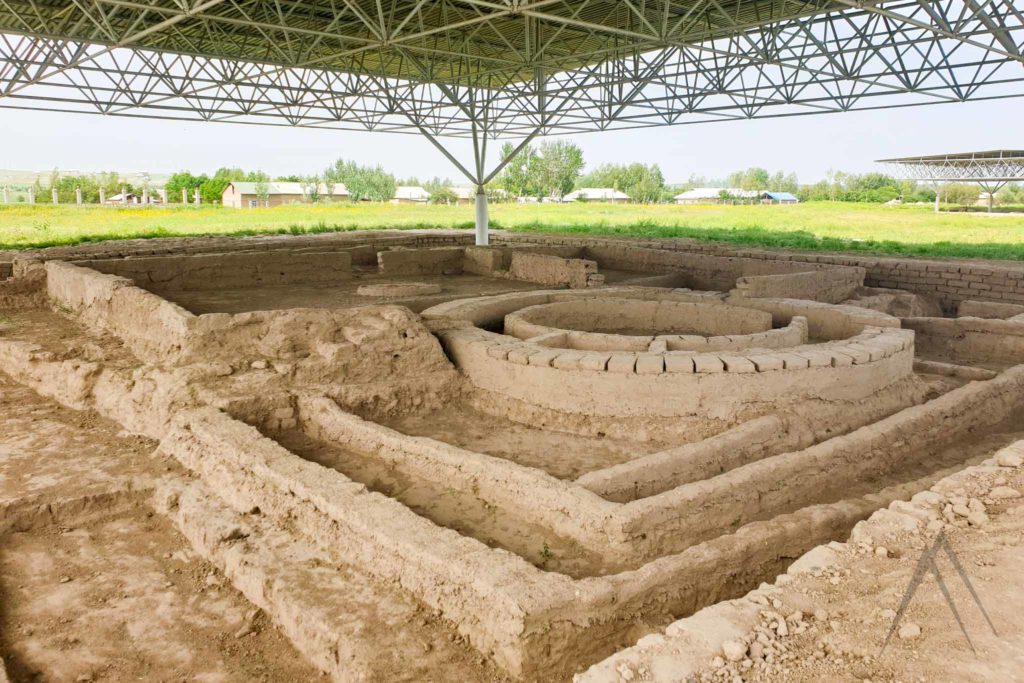
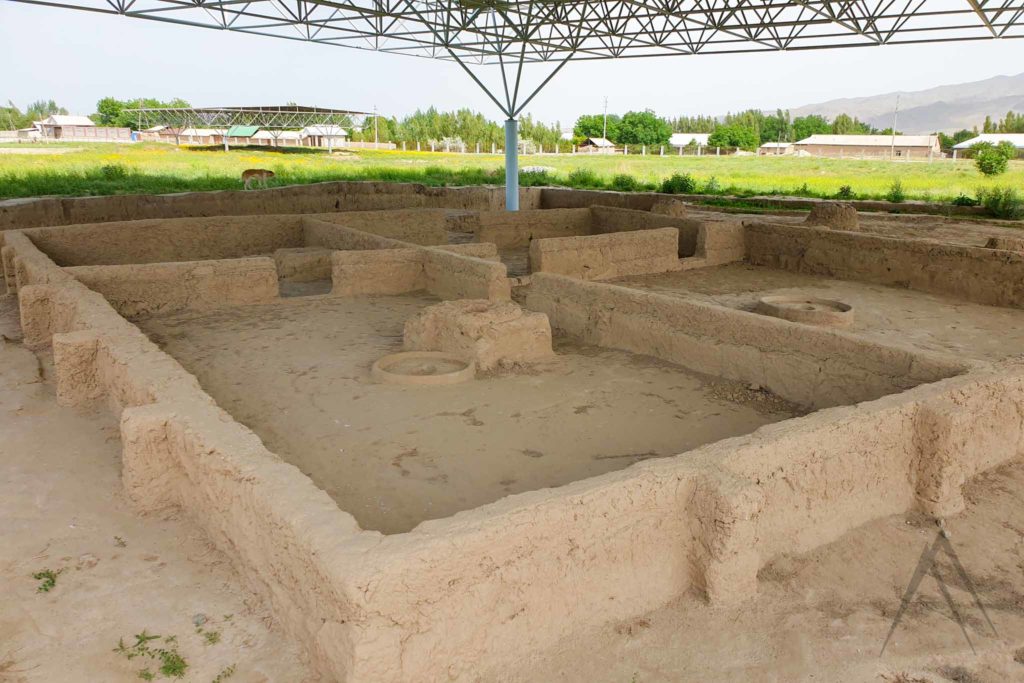
The Princess of Sarazm
The most well known finding or Sarazm is from about 3000 BC, “The Princess of Sarazm” was a woman buried in clothes richly embroidered with turquoise, lapis lazuli, jasper and limestone beads. The museum of Sarazm displays a statue made based on the findings together with her and also how the grave looked like.
Archaeologists have concluded that the woman died around 3000 BC; the dry, sandy ground of Sarazm had left her grave goods unusually well preserved. Her beads are made from lapis lazuli, jet and turquoise, confirming that Sarazm was trading with Afghanistan and the Indian subcontinent already 5000 years ago . The beads are on display in the National Museum in Dushanbe along with her bronze mirror. A girl had to make sure how she looked already during the times in the past.
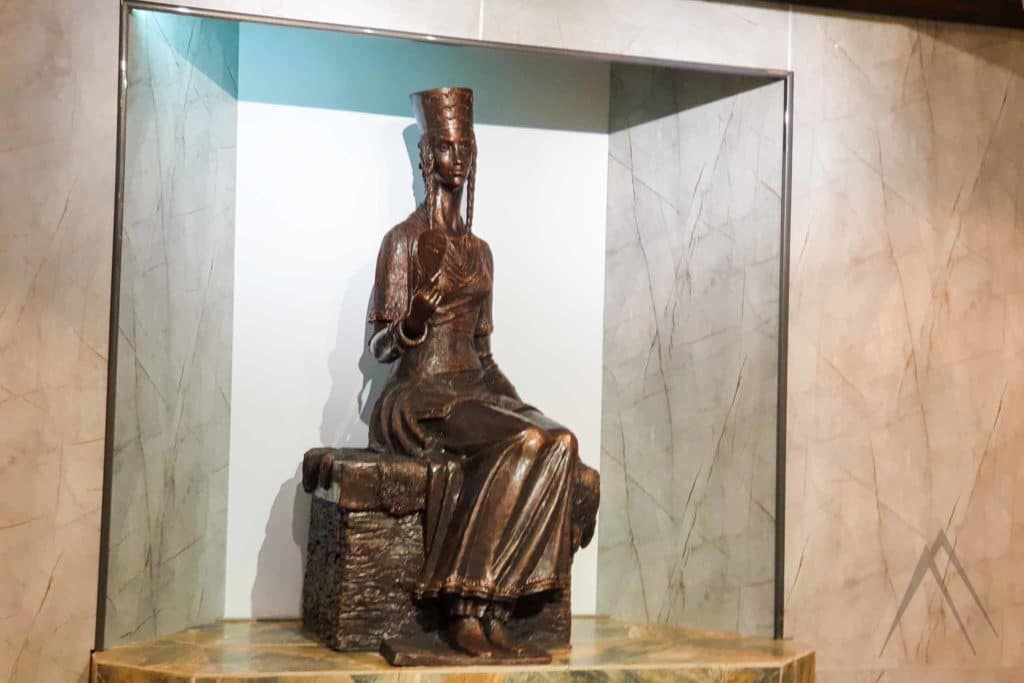
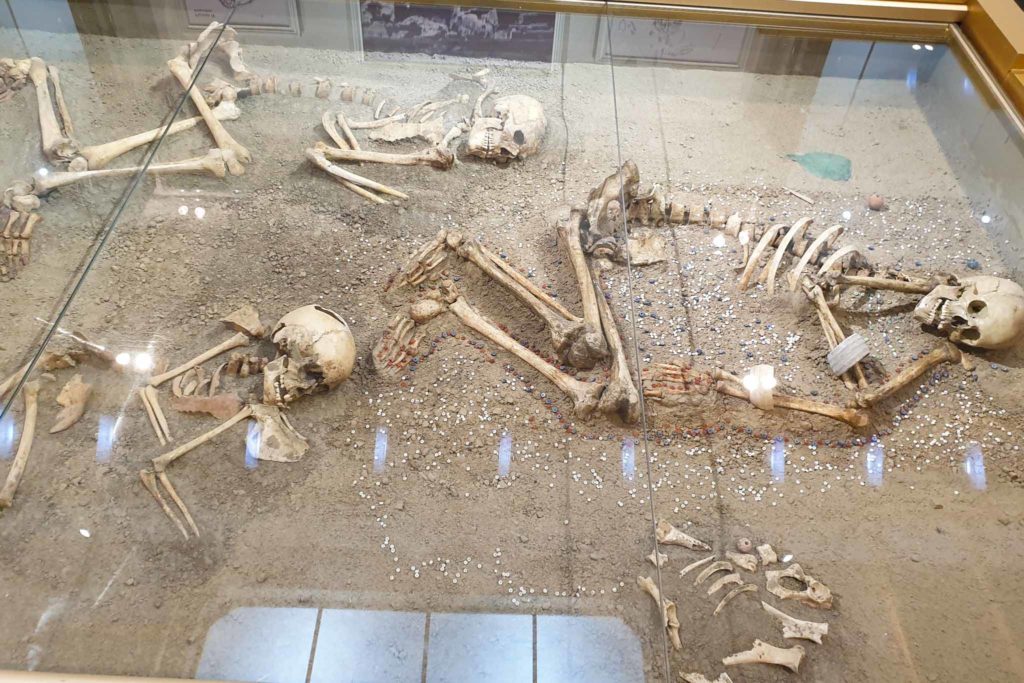
Sarazm Museum
Sarazm’s most remarkable archaeological finds have been removed to major museums in Dushanbe and abroad, yet a small collection is still housed in the Sarazm Museum. The artifacts reveal that it was a well-developed city with modern agriculture, metallurgy (bronze, copper and precious metals) and craftsmanship and that it had trading partners as far afield as Iran and India.
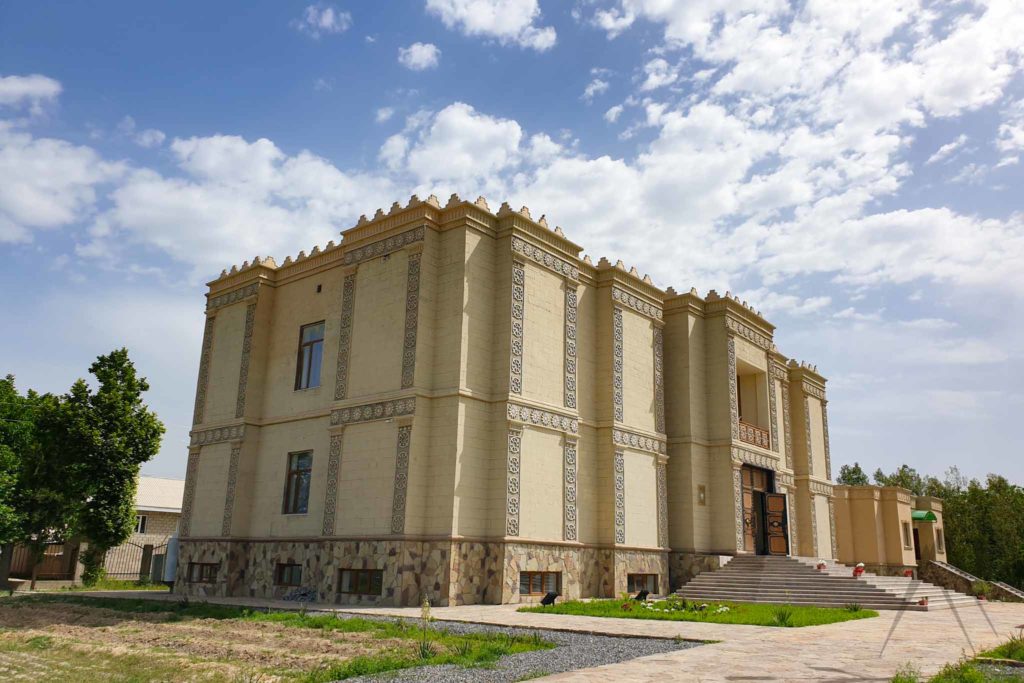
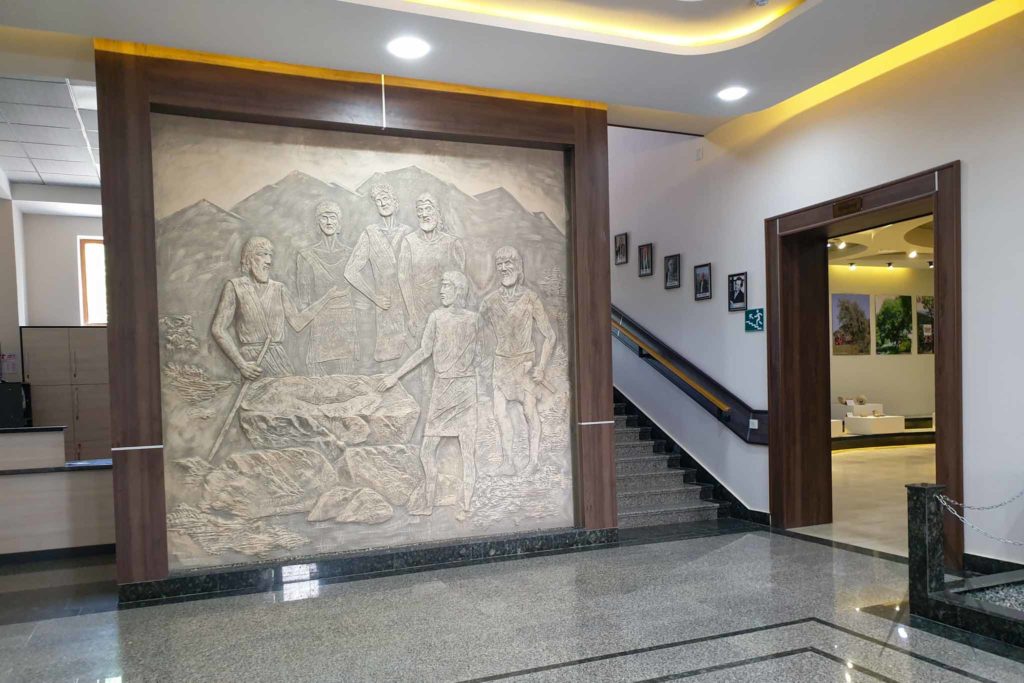
Tour to Sarazm
Other sights & Destinations near Sarazm
Page updated 25.6.2022
